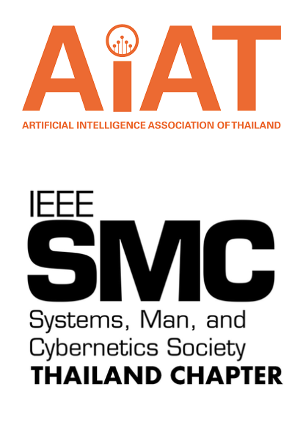Investigating the Teachers’ Education Awareness for Art Classes: Attitude, Awareness of Art Lectures in Practice Teaching
DOI:
https://doi.org/10.14456/jiist.2022.18Keywords:
Primary Art Education, Practice Teaching, Chinese art teacher, Teaching methodAbstract
The current version of Chinese art educational programs, full-time compulsory education Art curriculum standards (2011) suggests a general goal for art education, namely, “Knowledge and Skills”, “Process and Methods”, and “Emotions, Attitudes, and Values”. In this study, we focus on how Chinese art teachers reach the educational goal in this social background. In general, the investigating framework is from the understanding of the art class, the course preparation, classroom guidance methods, countermeasures, and the difficulties and topics in the teaching process. A questionnaire survey was conducted. Results show that different backgrounds in universities will significantly impact teachers on the understanding of art courses. Also, we found obvious regional differences amongst Chinese art teachers. In addition, those teachers with the same normal college background still exhibit significant differences to classes and students in preparing, teaching, and evaluating. In this regard, we sorted out art teachers’ actions and options that intentionally or unintentionally. We summarized emerging issues faced in the Chinese art educational system as well.
References
Bogoviz, A. V., Shvakov, E. E., Tretyakova, O. G., Zakharov, M. Y., & Abramov, A. N. (2020). Globalization of education in the conditions of formation of the global knowledge economy: regularities and tendencies. In Growth Poles of the Global Economy: Emergence, Changes and Future Perspectives (pp. 993-1000). Springer, Cham.
Xiong, A., Xia, S., Ye, Z. P., Cao, D., Jing, Y., & Li, H. (2020). Can innovation really bring economic growth? The role of social filters in China. Structural Change and Economic Dynamics, 53, 50-61.
Ma Lijuan and FUKUDA Takamasa, (2013), About the Trend of the New Curriculum of Art in China The focus on the Revision of (Full time obligation of art education courses standard) in 2011. pp236. (In Japanese)
NISHI Taku (2018). Considerations on Avoiding Feelings among Students that they Struggle with Art (Drawing) as a School Subject–From questionnaires about drawing–Yamato University, Departmental Bulletin Paper, Vol 4, pp 139~146, ISSN: 24325600. (In Japanese)
Kazuko,Inoguchi. (2017). Consideration for the Instruction Evaluation on Arts and Crafts—For diverting the values about Image of Arts and Crafts—. A Journal of issues and research in art education,49,57-64. PP58. (In Japanese)
Lan, Y., & Nagai, Y. (2019). Research About Children's Painting Education Method Based on House Tree Person Test. West East Journal of Social Sciences, 8.
Otani, T. (2011). SCAT: Steps for coding and theorization. Journal of Japan Society of Kansei Engineering, 10, 155-160. (In Japanese)
Kazuko INOGUCHI (2018), A study for diverting the values about Image of “Arts and Crafts” Through the practice at primary education method “Arts and Crafts”, Journal of Kyoei University, Vol 16, pp114. (In Japanese)
Wataru Urasaki, Atsushi Sumi (2019). The Relationship between Children’s Imitation Behavior and the Teacher in the Learning of Arts and Handicrafts. University Art Education Society of Japan [Studies in art education], Vol 51, pp65–72, p 65. (In Japanese)




